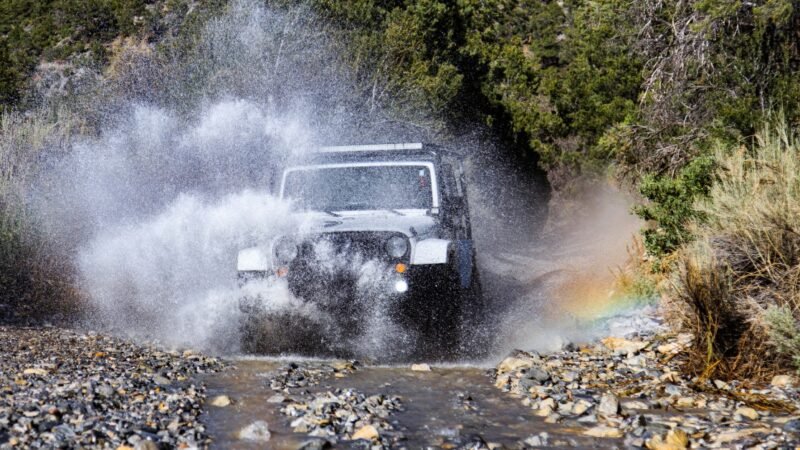The Best Materials for Building a Backyard Play Space

A backyard play space is a wonderful way to provide kids with a safe, enjoyable area where they can stay active and let their creativity shine! Creating such a space offers endless hours of fun and also encourages physical activity and imaginative play.
When choosing materials for a backyard play area, ensure they meet all safety, durability, and kid-friendliness criteria. By carefully designing this special spot, you can create a magical outdoor oasis that your children will love and cherish for years to come.
Here are some excellent options to kick off your project!
1. Pressure-Treated Wood for Structural Stability
Pressure-treated wood serves as a durable and cost-effective material for playground structures like forts, swings, and platforms. It’s specially treated to resist rot, bugs, and weather, so your outdoor play area stays safe and inviting for a long time.
For extra comfort and safety, consider using smooth-finished or sanded wood to help prevent splinters, and don’t forget to round off all exposed corners!
2. Rubber Mats and Tiles for Impact Absorption
A soft, protective surface is key to minimizing injuries during play. Rubber mats and interlocking tiles provide an excellent cushioning layer beneath climbing frames, swings, and slides. Available in multiple styles and thicknesses, rubber surfaces meet safety standards and reduce the chance of serious injuries if children fall.
Be sure to research types of rubber to use on a playground, as options such as recycled rubber tiles can combine safety with environmental benefits.
3. Plastic Components for Versatile Features
High-density polyethylene (HDPE) plastic is a popular choice for outdoor play structures such as slides, tunnels, and climbers. It’s known for being durable, weather-resistant, and easy to clean, making it a low-maintenance option that can withstand years of fun.
For the best results, choose UV-stabilized plastic to help maintain its vibrant colors and sturdy structure, even after extended periods in the sunlight.
4. Sand for Creative Play Areas
Sand encourages imaginative play, making it a fantastic addition for a sandbox or digging spot. Beyond fostering creativity, sand also acts as a soft landing surface around play equipment.
Choose sanitized play sand to keep it safe and free from contaminants. For easier handling, try adding a strong border around the sanded area. This way, you keep everything neat and manageable!
5. Stainless Steel for Slides and Climbers
Stainless steel provides strength and durability for play features like slides, climbers, and monkey bars, making them sturdy and long-lasting. Unlike many other metals, it resists corrosion, so it’s perfect for outdoor use.
Its smooth surface not only makes sliding smoother but also helps prevent friction burns, adding an extra layer of safety. For an even more child-friendly experience, think about adding rubber or plastic trims to the metal parts, ensuring safety and comfort in play.
6. Grass or Artificial Turf for Natural Aesthetics
For a play space that blends seamlessly into your yard, grass or artificial turf works well as a surface material. Grass provides natural beauty and a soft layer for non-high-impact areas.
However, artificial turf serves as a low-maintenance alternative that offers consistent coverage year-round. Look for turf with built-in padding for added safety and comfort.
The best materials for building a backyard play space combine durability and safety while creating an interactive environment that children can enjoy. A thoughtful mix of materials like wood, rubber, plastic, and turf can offer the best of both worlds in functionality and creativity. Create a space today that will keep kids entertained for years to come!



